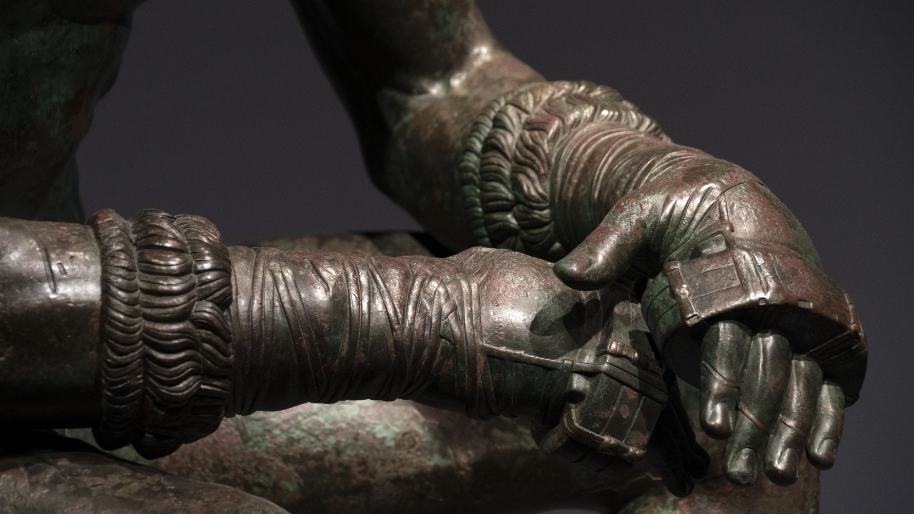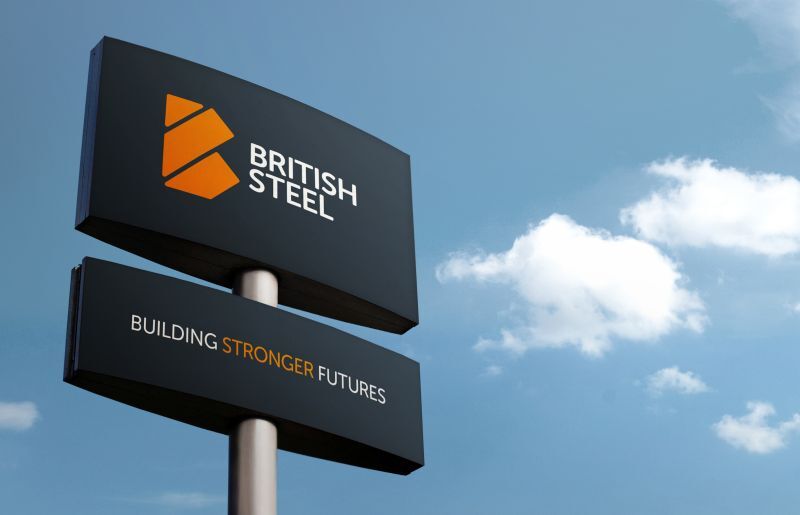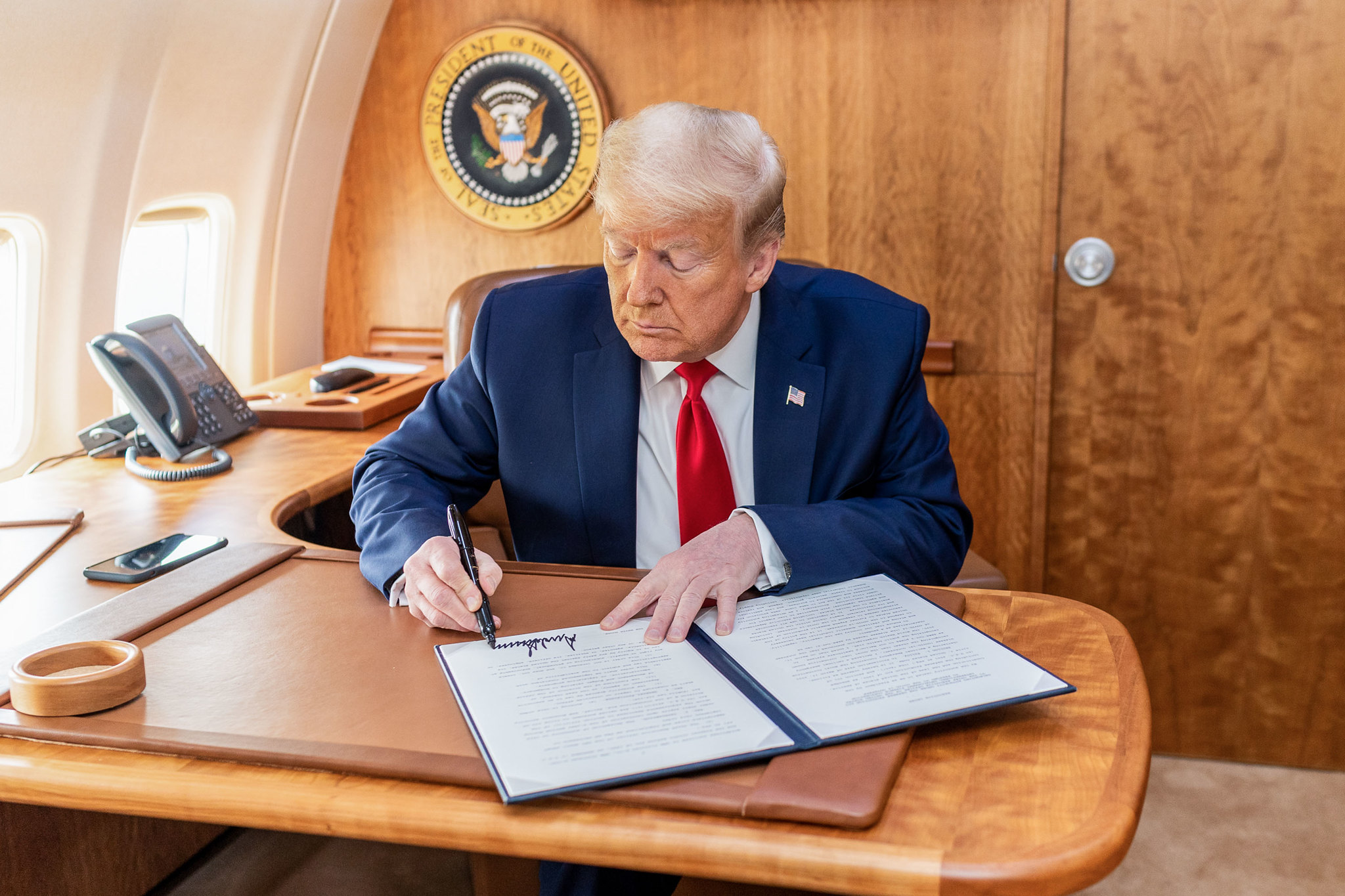Column: Ferocious CME copper squeeze presages future turbulence

The copper rally turned ugly this week, morphing into a ferocious short squeeze on the US contract operated by CME Group.
CME cash copper hit a record high of $5.1775 a lb, or $11,414 a metric ton, on Wednesday amid extreme tightness in near-dated time-spreads.
The premium over the London Metal Exchange (LME) copper contract ballooned to more than $1,000 per ton, an unprecedented disconnect in Atlantic pricing.
CME has raised margins to calm the market wildness.
The yawning arbitrage should facilitate a re-direction of physical metal towards the United States but it may take time, leaving shorts little immediate option other than to roll positions forward at painful cost.
Shorts have been crushed by a wall of investment money surging into the copper market. More will follow.
Canada’s Sprott Asset Management has just filed a prospectus for a physically-backed copper fund, highlighting the renewed investor interest in the metal.
But can the market handle so much speculative money? This week’s events suggest Doctor Copper could be in for some very turbulent times.

Short and caught
CME short-position holders have been caught standing in the path of an investment freight train.
Commodity traders Trafigura and IXM are reported to be diverting metal to the United States to cover positions.
Both are big players in the physical copper market but small relative to the amount of fund money entering the market on the long side.
Money mangers turned net bullish on CME copper in February and had already lifted outright long positions to six-year highs as of the close of business on May 7. More momentum-based funds are likely to have joined the fray on the last leg higher.
Investment fund long positions on the LME copper contract stretched to 99,215 lots, almost two and a half million tons, at the end of last week, the most bullish positioning since the LME started publishing the data at the start of 2018.
Analysts at Citi estimate an eye-watering $25 billion of speculative bull money has washed into the two exchanges since February.
Stand and deliver?
The money impact on CME shorts has been accentuated by low exchange stocks and restricted physical delivery options.
CME registered inventory has slid from over 30,000 short tons at the end of March to a current 20,445, equivalent to just 18,548 metric tons.
LME stocks, by contrast, stand at 103,650 tons and time-spreads suggest there is more metal available if required.
While the CME forward curve is heavily backwardated, the benchmark cash-to-three-months period in London was valued at a contango of $81 per ton at the Thursday close.
The problem is the type of metal that’s available. Half of the LME’s on-warrant inventory at the end of April was Russian brand metal. The second largest component was Chinese metal.
Neither Russian nor Chinese producer brands are deliverable against the CME contract and in the case of Russian metal, it wouldn’t matter anyway after the US government banned all imports in its April sanctions package.
A simple arbitrage transfer of stocks between exchanges isn’t going to work, meaning the physical re-routing of units to the United States could take some time, delaying the realignment of CME and LME prices.
CME spreads and price have eased since Wednesday but the US cash contract was still trading around $500 per ton higher than London on Friday morning.
More money
Even copper bulls concede that the market has run ahead of physical supply-chain reality. Some sort of correction is due, although it may have to wait until the immediate long-short battle is over.
But there will be no shortage of speculative buyers on any pull-back in price. A market that has just hit the headlines for making record highs is only going to attract more attention.
A sign of the growing investor enthusiasm for Doctor Copper is the return of the physically-backed exchange traded fund. Past attempts to launch such products have also coincided with bull runs but they have either failed to make it off the drawing board or struggled to keep fees competitive due to the cost of storing metal.
Whether Sprott, which already manages a physical uranium fund, is more successful remains to be seen but it is a sign of the growing retail interest in copper’s bull story of constrained supply and booming green energy demand.
Funds were late to the mega bull market of the 2000s and retail investors later still. Industrial metals were still a backwater of the investment landscape then and much of the investment buying came in the form of cross-commodity basket allocations.
This time around word of copper’s bull narrative has spread far beyond the metals trading community. There is much broader interest and more products to express that interest.
CME’s micro contract, for example, is a street-level entry point for retail investors, coming in at 2,500 lb per contract.
“Conveniently sized and tailored to the individual investor, this contract offers less capital commitment, lower margin, and smaller exchange fees than the larger-sized copper futures contract,” CME notes on its website.
Average daily volumes in April were 12,863 contracts, the highest since the contract launched in May 2022 and more than double the previous record. Cumulative volumes in the first four months of the year were the equivalent of a hefty 670,000 tons of copper.
If, as many analysts contend, copper is still in the foot-hills of a multi-year bull market, professional and retail engagement is only going to grow with every new price spike.
The investment flows have only just started and they have already upended cross-Atlantic arbitrage.
It’s an ominous sign of just how turbulent copper could become if too much money tries to crowd into a finite market.
(The opinions expressed here are those of the author, Andy Home, a columnist for Reuters.)
(Editing by Kirsten Donovan)
More News
UK MPs pass emergency bill to rescue troubled British Steel
April 13, 2025 | 08:08 am
Trump planning to stockpile deep-sea minerals to counter China: FT
April 13, 2025 | 07:56 am
{{ commodity.name }}
{{ post.title }}
{{ post.date }}




Comments